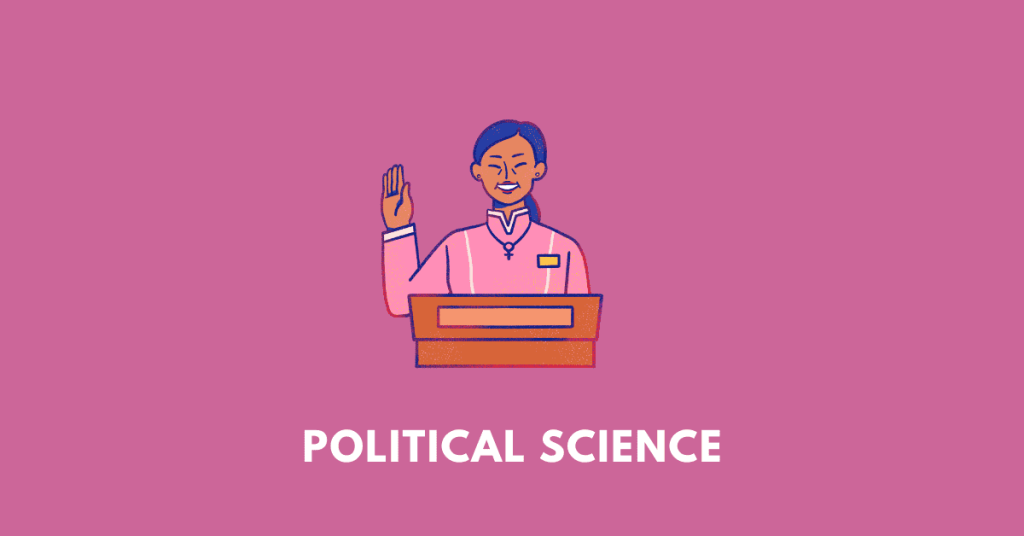Get class 11 Political Science chapters summary, questions, answers, textbook solutions, extras, and pdf guide if you are a student of AHSEC/ASSEB (Assam Higher Secondary Education Council) first year. The solutions made available here should be seen as references and nothing more. To access the solutions for each chapter, click on the links provided under each chapter. Please make the necessary changes.
| Select chapters |
| Chapter 1: Making of the Constitution |
| Chapter 2: Fundamental Rights |
| Chapter 3: Election and Representation |
| Chapter 4: Executive |
| Chapter 5: Legislature |
| Chapter 6: Judiciary |
| Chapter 7: Federalism |
| Chapter 8: Local Governments |
| Chapter 9: The Constitution as a Living Document and its Philosophy |
About AHSEC Class 11 Political Science
The AHSEC/ASSEB Class 11 Political Science textbook is designed for students in Higher Secondary and Pre-University classes. This book follows the NCERT/CBSE syllabus as part of the central government’s effort to create a uniform curriculum across the country. The textbook covers a wide range of topics, making it easier for students to understand the Indian Constitution and political system.
The book begins with the making of the Constitution, explaining why we need it, what it contains, and how it was framed. Students learn about the Constitution’s main features and its importance.
Fundamental Rights are also discussed, including the basic rights every citizen has, such as the right to equality and freedom. The book explains why these rights are important, their limitations, and how they can be amended. It covers Fundamental Duties and Directive Principles of State Policy, which guide the government in making policies.
Elections and Representation are covered in detail, explaining how elections are conducted, the importance of elections in a democracy, and the role of political parties. The Election Commission’s powers and functions are also described.
The Executive section covers different types of executives and their roles, including the President, Prime Minister, and other key figures in the government. Their powers and responsibilities, including emergency powers and the roles of governors and chief ministers, are explained.
The Legislature chapter explains the need for a parliament, the structure of parliament, and the law-making process. It covers both the Rajya Sabha and Lok Sabha, the two houses of India’s parliament.
Judiciary is an important topic, with explanations of the judiciary’s functions, the Indian judicial system, and the roles of the Supreme Court and High Courts. Judicial activism and the relationship between the judiciary and parliament are also discussed.
Federalism is covered, explaining the division of powers between the central government and the states. The characteristics of the Indian federal system and how power is shared between the centre and the states are detailed.
Local Governments are discussed, explaining their importance and how they function. The section covers the 73rd and 74th Amendment Acts, which strengthened local governance in India.
The Constitution as a living document is the final topic. It explains the philosophy of the Constitution, the preamble, and the process for amending the Constitution. The dynamic nature of the Constitution and the reasons for its many amendments are highlighted.

Ron’e Dutta is a journalist, teacher, aspiring novelist, and blogger. He manages Online Free Notes and reads Victorian literature. His favourite book is Wuthering Heights by Emily Bronte and he hopes to travel the world. Get in touch with him by sending him a friend request.
Get notes of other boards, classes, and subjects
